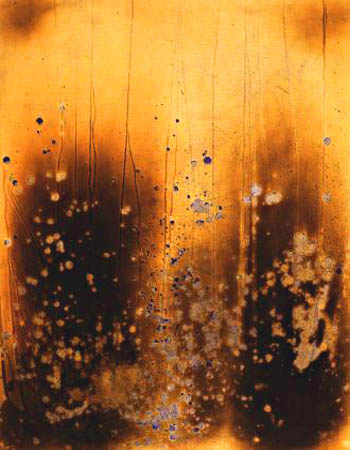Researching the origin and meaning of these strikes, I came across this article, "Evolution of Currency"
(What Ever Happened to the Double Strike on Currency Symbols?)
Refinement for the small screen during the 80′s saw the double strike vanish from the pound sterling mark, the dollar mark, the yen and also more recently the euro. This is understandable, as pixel density on screen fonts was vastly limited in the days of the computerised financial revolution. A maximum of 7 lines in height were available to build a font. It’s not say that all fonts now have removed the double strike, in fact most fonts have double strike for yen and euro, for pound and dollar it’s a different story however.
If you go back 20 or 30 years, there is no trace of the single strike on the pound and dollar. Even greengrocers, in their worst handwriting would strike twice. It’s a form, not a style. Two strikes denotes currency. A design language if you will. With the switch to DTP, the quest for new fonts began. The majority of early computer fonts were designed to be read at 7 lines high, which in turn lead to the single strike in publishing fonts, shop displays and other forms of currency denotation. All of these fonts are born from screen readable fonts, for the most part, and need to work well at 7 lines just as they do at 7 meters high.
This is the new Ruble character.
It keeps the all important double strike, which is the un-official form of world currency, but it kinda looks like a railway company logo don’t you think? I could imagine network rail rolling this one out for 2008.
Even though this symbol is championing the staple of the double strike ethic, they have taken an unimaginative leap to use the R (which stands for Ruble, as Y does Yen, E does Euro).
Fascinating! I had been thinking there was some semiotic significance that perhaps harkened back to earlier means of trade between different countries with different currencies, but it could have just begun as a practical, or aesthetic, means of making the mark disctinct. And what a beautifully simple method.The Latin alphabet doesn’t really lend it’s self too well for augmentation. Take the dollar the pound symbols for example. These marks have nothing to do with the currency in a literal sense. The “S” with it’s two strike through’s in the dollar comes from the Spanish coat of arms, the two Pillars of Hercules and was passed to the U.S.A from Spanish-Mexican traders in the 1770′s.
The “L” in the pound on the other hand simply comes from the Italian Lira, with two strike throughs to differentiate. (other UK currency symbols come from Roman words, “d” for example comes from “denarius“, or penny.)
So one form came from abstraction, another from literal intent. Both ended up with the same design doctrine. As screens become denser in clarity, shouldn’t this international design form be kept? It seems a shame to drop the two instigators of this pattern from history, when new symbols try to inherit their form.

Speaking of beautiful, the fairly recently designed symbol for the Indian Rupee is, in my opinion, gorgeous. And, like the Yen symbol, also represents a visualcultural aspect of the country's culture (it is partly designed after the Hindi consonant "Ra": र ).
Well, now I'm feeling positively capitalistic. But I'm sure I am in good company in my love of currencies of the world...

































